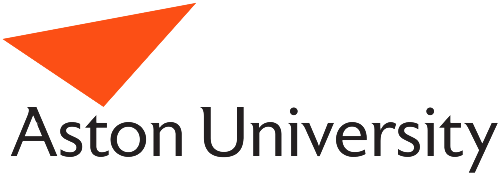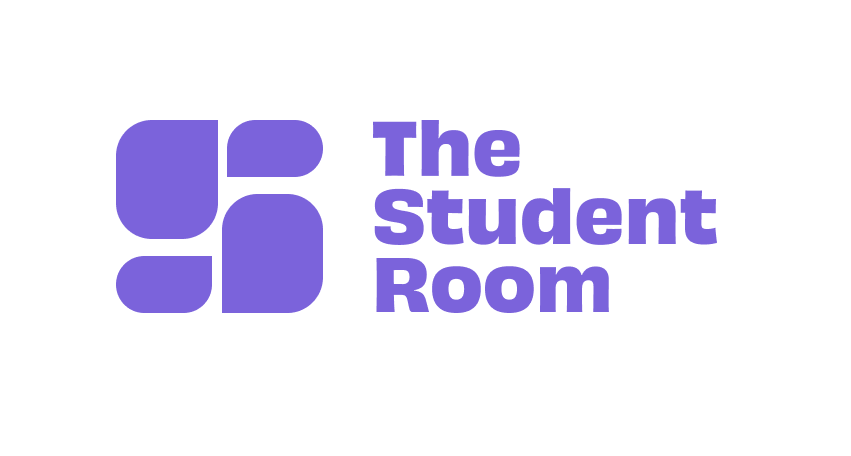By Kyle Campbell, Content Marketing Officer, Aston University
As a marketer, a phrase that always catches my attention is ‘watch this space’.
In a time where we crave constant stimulation, are saturated with the next best thing and scream at the internet when Apple (yet again) doesn’t revolutionise the mobile phone – why would we wait patiently and watch the equivalent of a brick wall?
‘Stop press!’, ‘spaces are limited’ or messages that start with ‘Dear applicant’ get a similar reception. They make us mentally facepalm and drain another finger-width of willpower before we’ve even opened the email titled ‘student journey.’
There’s a lot of talk around the ‘student journey’. It takes other forms too – conversion journey, lead nurture strategy, customer nudge funnel (yep) – but don’t be fooled. It’s all the same thing.
BABY STEPS
If your student journey consists of a series of emails, chained together with triggers that say ‘automatically after 1 week’ – congratulations. You’ve made your first tiny movement to marketing nirvana.
We’re pretty early on in our own journey at Aston. We’re investing in CRM tools and ensuring we can demonstrate ROI, learning which communications resonate with our audience and adapting content accordingly. Still, we have a way to go.
The 2016 / 17 cycle was pretty savage for universities. It forced a lot to take a hard look at their offer and fast track innovation in their CRM and general recruitment marketing.
We’ll be focusing on CRM this year too. Universities need to, because the number of students banging at the door isn’t getting any higher. It’s getting harder, much harder, to recruit (and keep the students that you do) so CRM, seems like a sensible place to put your money and resources.
I have a few takeaways if you’re looking to do the same.
DIFFERENT JOURNEYS DEPENDING ON LEAD SOURCE
Your aim should always be to continue a conversation. Yes, that sounds contrived, but there is some substance to it. Promise.
For example, if you have a conversation at a fair and someone wants to receive specific information about a course – send them that. Don’t just plug them into a generic stream of comms and expect it to work conversion magic. We have to move beyond ‘keeping people warm’ to keeping people active.
Where possible, the way you capture data should anticipate multiple conversion workflows. There will be times when only a manual response is suitable, but these should be followed by a short survey. The aim being to learn more about your prospect’s preferences, so you can remarket to them more effectively later.
IF THIS, THEN THAT
Each branch from your lead source isn’t going to be a straight line. A person who downloads and reads 10 pages of your campus magazine needs a very different follow-up communication to the person who didn’t open the attachment.
Branches also give another level of verification to your leads. If you can identify early on which leads are less likely to convert, then you can prioritise communications to key groups and make your conversion rate look a lot hotter in the process.
If your conversion journey achieves one thing, it should be the death of the blanket email. Identifying the hottest leads will also make it far more effective and cheaper to retarget through programmatic and social media advertising.
PIPELINES BETWEEN JOURNEYS
There is probably a really technical name for this, but it escapes me. It’s when your prospect meets a condition that requires a change in communications. For example, when a lead turns into an applicant.
A personal statement email, for instance, isn’t going to be much use to your hot and eager applicant. In fact, they are likely to be sick to death of anything statement related, so it’s not the best way to start your pre-confirmation love affair.
What’s more appropriate, is starting these students on a new journey full of exam tips, content from your university’s advocates and traditional invites to your applicant visit days.
TRACKABLE THROUGH FROM PROSPECT TO APPLICANT
Speaking to colleagues in HE, I’ve noticed a fairly unsettling trend – very few are able to effectively track from advertising, through to lead source and onto confirmation and enrolment.
There are lots of stages (and people) involved in your conversion journey. Sometimes, it’s easier to work with the people who just get it, but that way you’re not going to get very far.
I could spout some general stuff about being open and transparent, inclusive to all, but that’s not going to work either. The best thing you can do is a stakeholder analysis and learn who to:
- Keep satisfied
- Manage closely
- Keep informed
- Monitor
- Sack off?
Okay, the last one didn’t make the curriculum, but this sort of stuff is genuinely useful when it comes to identifying your allies, how your CRM will work with legacy systems and, ultimately, who’s doing all the heavy lifting.
Stay tuned. Part two of this blog is now available here.

